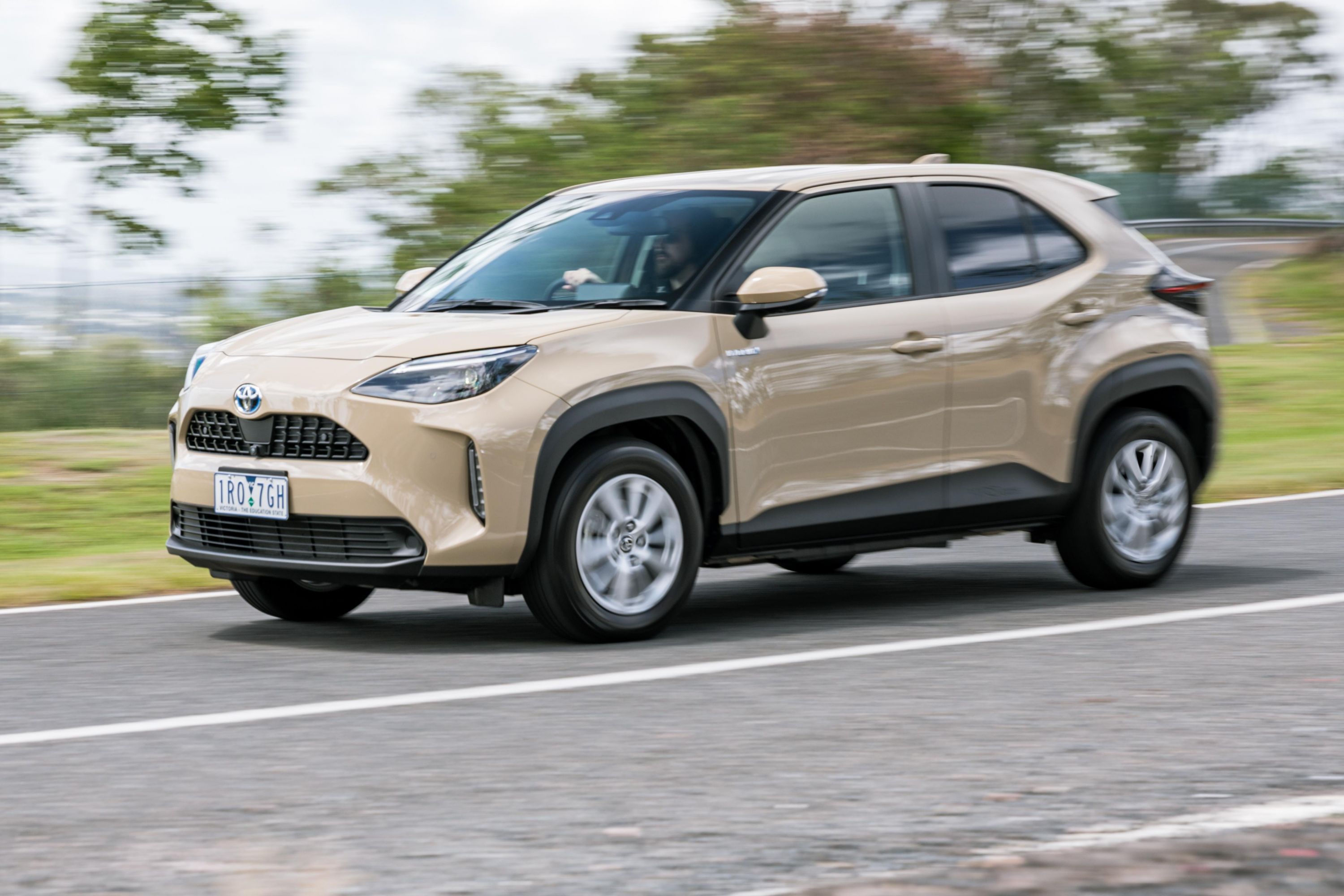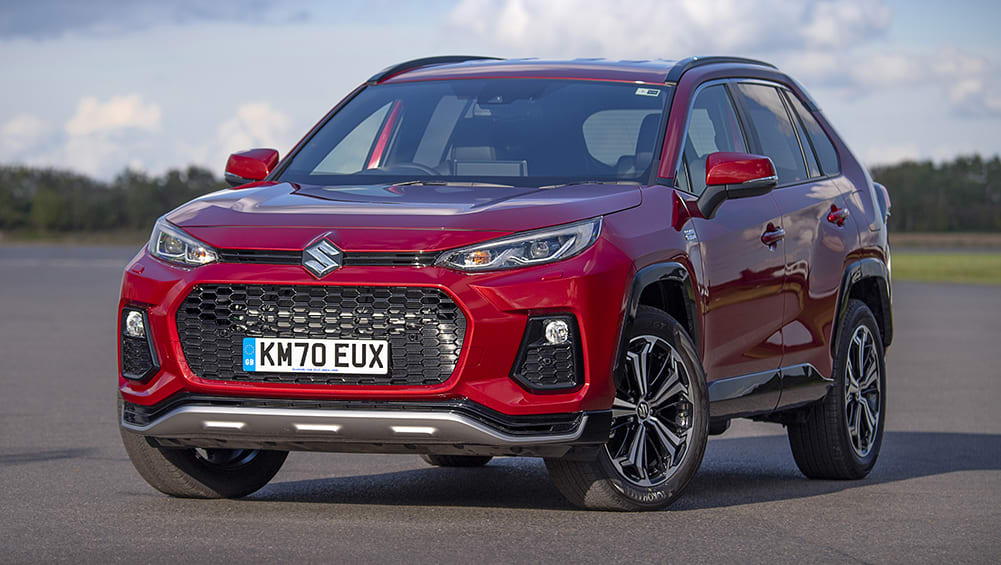

2021 Toyota RAV4 Prime | photo by Kelsey Mays 2. The powertrain makes a combined 302 horsepower, and Toyota says it’ll do 0-60 mph in just 5.7 seconds. Still, pure EV power is where it really shines. The RAV4 Prime has quick, consistent acceleration regardless of whether it’s tapping into the electric motors or the hybrid combination of electric and engine power. For just the basics, here are seven things we like (and six that … don’t really do it for us) of the 2021 Toyota RAV4 Prime plug-in hybrid: Things We Like 1.
2021 PLUG IN HYBRID CARS FULL
If you want all the details about the new Prime, click through the related link above to check out Kelsey Mays’ full review. From the outside, it looks as sporty as the specs make it seem still, there are a few kinks that need to be worked out in terms of refinement. The Prime also pairs the Hybrid’s four-cylinder engine with stronger electric motors and higher battery capacity. Like the Hybrid, it comes exclusively with all-wheel drive. Plug-in hybrids will remain popular over traditional internal combustion cars because of tax and subsidy advantages, he said.View all 2021 Toyota RAV4 Prime models for sale near 60606

PHEVs accounted for 58% of all rechargeable cars sold in the biggest 18 western European markets in January, according to data from Matthias Schmidt, a Berlin-based electric car analyst. Owners wanting to reduce their running costs, or choose a green car, should pick a battery electric model.” Most PHEVs have such a small battery the car can only drive around 30 miles with zero emissions and can’t be fast charged.
2021 PLUG IN HYBRID CARS DRIVER
He said: “The engine in most PHEVs turns on when the car accelerates hard, or the driver switches on the heating or air conditioning. Greg Archer, the UK director at Transport & Environment, a campaign group, said official fuel economy and emissions test results were “a cruel distortion of reality”. Which? argues they do not accurately reflect real-world driving conditions, and so tests cars over long ranges while using air conditioning and the radio, as well as running PHEVs for portions of its tests with an empty battery. The car industry argues that they are a crucial stepping stone for some consumers to move to fully electric cars, but some environmental campaigners argue that the cars can actually be less green than equivalents without a battery if they are not regularly recharged.Īll cars sold in Europe must, by law, be tested according to the worldwide harmonised light vehicle test procedure (WLTP). However, the environmental benefits of PHEVs – often fitted in bulky SUVs – are controversial. Plug-in hybrids combine an internal combustion engine with an externally rechargeable battery, in the hope of lowering emissions of CO 2 and other pollutants while also giving the range and refuelling ease of fossil fuels. The average extra cost was £462, Which? estimated. The extra fuel burned would result in higher carbon dioxide emissions, as well as increasing running costs for owners. That 72% efficiency difference could potentially add more than £650 a year in petrol costs, the group said.

It achieved 188.3 miles per gallon in official tests, versus only 52.8 miles for Which?. The worst performer was BMW’s X5 plug-in hybrid SUV. Cars produced by BMW, Mercedes-Benz, Mitsubishi, Volkswagen and Volvo were among 22 tested that on average burned 61% more fuel than in official tests.


 0 kommentar(er)
0 kommentar(er)
